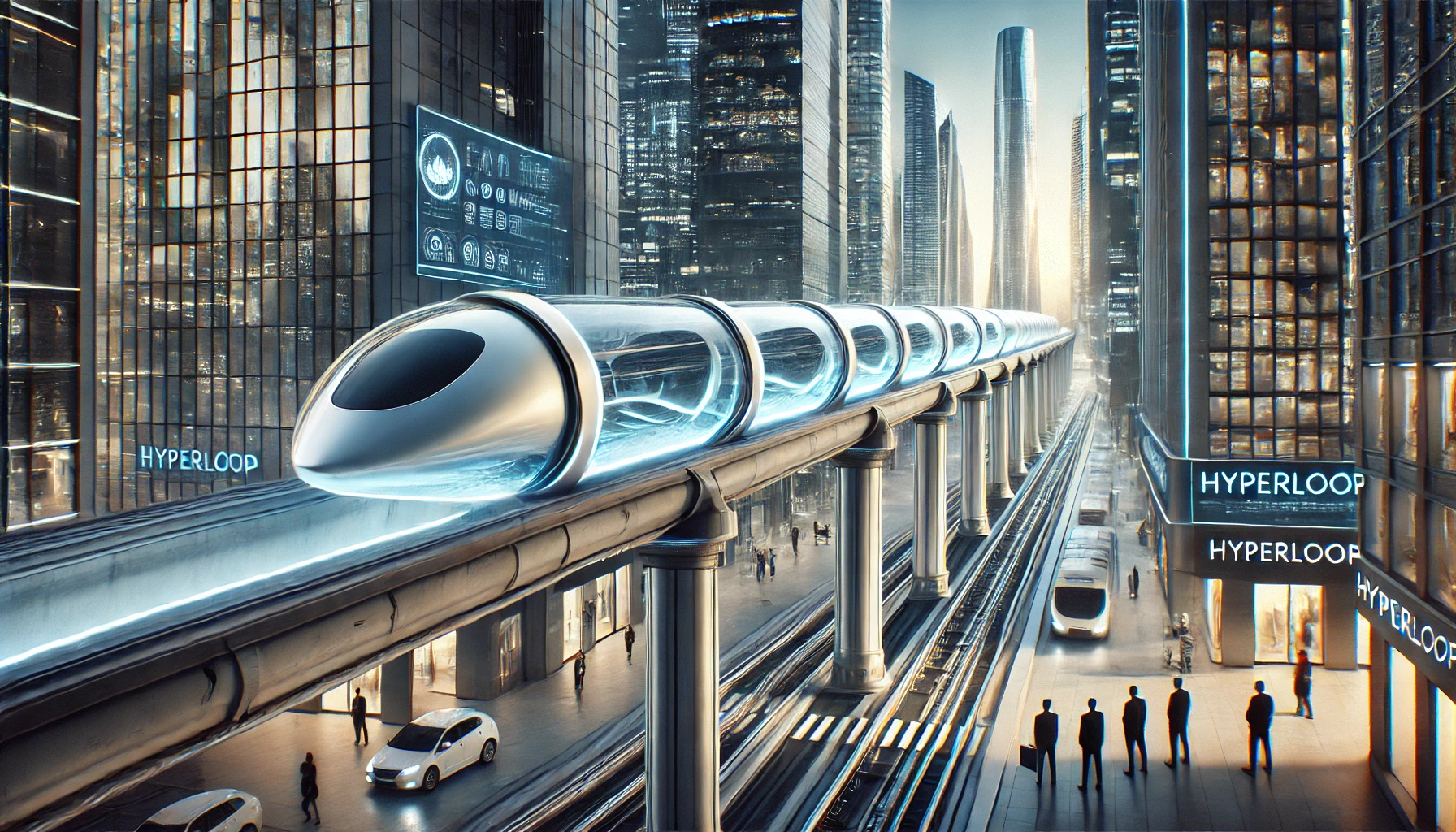Hyperloop: Revolutionizing Long-Distance Travel or Another Futuristic Fantasy?

The Dream of Hyperloop
Imagine zipping through a near-vacuum tube at speeds faster than a Boeing 747, all while avoiding the hassles of airports. That’s the futuristic promise of the Hyperloop, a transportation concept championed by Elon Musk and several other companies across the globe. Hyperloop technology aims to revolutionize travel by drastically cutting down travel times—reducing a trip from Los Angeles to San Francisco to 30 minutes, for example. Sounds great, right? Well, the reality might not be as smooth as the marketing hype.
Global Progress: Who's in the Race?
There are a handful of big players making strides in Hyperloop technology. Virgin Hyperloop, backed by Sir Richard Branson, is one of the most high-profile companies, with projects underway in places like India, Saudi Arabia, and the United States. Their most famous test took place in 2020, where they successfully transported two humans at 100 mph in a low-pressure tube. Other companies, such as TransPod in Canada, Zeleros in Spain, and Hardt in the Netherlands, are also exploring routes and running tests. Each of these firms envisions connecting major cities, reducing a 3-hour drive to just 30 minutes. But, spoiler alert: none of them are close to ferrying you or your luggage just yet.
The Massive Technical Hurdles
While the idea of Hyperloop sounds sleek, the technical challenges are as mind-boggling as the concept itself. For starters, the vacuum-sealed tubes needed to maintain near-frictionless travel are difficult (and expensive) to build and maintain. Hyperloop pods must travel at speeds up to 700 mph inside these tubes, requiring flawless magnetic levitation (maglev) systems. The infrastructure itself must be able to withstand pressures, natural disasters, and even human error. Engineers face the task of designing a system that's not just fast but also safe, scalable, and durable. Talk about a tall order!
Regulatory Red Tape and Financial Hiccups
Even if the technical challenges were resolved tomorrow, Hyperloop would still face another massive hurdle: regulations. Governments worldwide haven't developed the legal frameworks necessary to govern such a new form of transportation. Issues like safety standards, insurance, and zoning laws will need to be sorted out. Financially, it's another mountain to climb. Estimates suggest that building just a single Hyperloop route could cost billions—far more than the initial projections Musk floated. For instance, the proposed LA-San Francisco route is expected to cost upwards of $6 billion. Not exactly pocket change.
Is It a Pipe Dream?
So, is the Hyperloop the future of transportation or just another futuristic fantasy? Well, that depends on whom you ask. Advocates argue that Hyperloop could be the game-changer we need, reducing carbon emissions and slashing commute times. Detractors, however, point to the numerous unresolved issues: the high costs, the difficulty of scaling the technology, and the regulatory hurdles. Some critics even suggest that the Hyperloop could go the way of the Concorde—an innovative but commercially unviable idea.
The Road (or Tube) Ahead
While it's tempting to dream of flying through tubes across continents, the reality is that Hyperloop projects are still in their infancy. Virgin Hyperloop hopes to have a fully functional system by the 2030s, but that's a best-case scenario. The technology might first see applications in cargo transport before it becomes a viable option for mass transit. Given the financial, regulatory, and technical hurdles, the Hyperloop has a long way to go before it's zipping you from New York to Washington in under 30 minutes.
What's Your Take?
Do you think the Hyperloop is the future of travel, or will it remain another sci-fi fantasy? Will we ever see a day when this technology becomes a staple in global transport? Let us know your thoughts!



